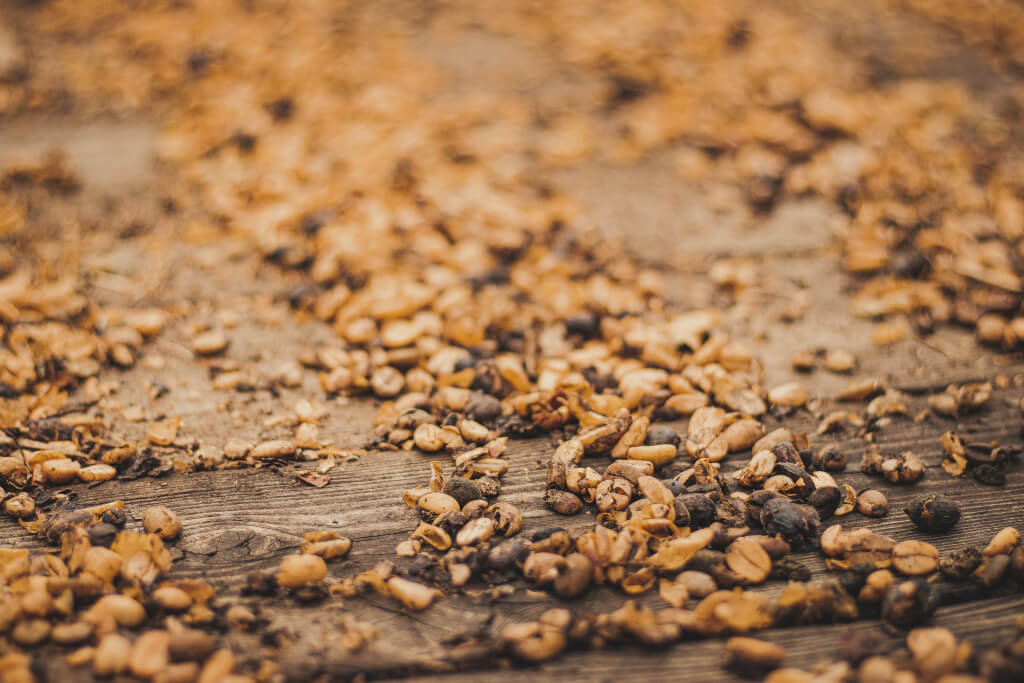If you are a seasoned whisky drinker, you’ll likely have come across discussions about the use of malt. Malt is the soul of many whiskeys, providing the sugars necessary for fermentation. But recently, there’s been a perceptible shift with distillers turning their attention to roasted malt. But why?
The Complex Artistry of Roasting
Roasting malt is an intricate dance of temperature and time. By controlling these variables, maltsters can influence the flavor profile of the malt, resulting in a spectrum from lightly toasted biscuity flavors to deeply roasted coffee and chocolate notes. Roasting doesn’t just darken the malt; it chemically alters the grains, leading to the formation of compounds called melanoidins. These compounds are responsible for some of the deep, rich flavors in your favorite dark beers and whiskeys.
Traditional malt whiskeys, though delightful, often share a familiar spectrum of flavors. Roasted malt pushes that spectrum’s boundaries. You might sip a whiskey and find unexpected notes of espresso, dark chocolate, or even roasted nuts. It adds depth and complexity, offering a fresh perspective on a familiar spirit.
The Old Made New Again
Though it might seem like a contemporary trend, the use of roasted malt traces back to ancient brewing traditions. Before the advent of modern kilning equipment, grains were often dried over open flames, resulting in a roast. Revisiting this method isn’t just a nod to tradition; it’s a reconnection with the past, breathing new life into age-old practices.
Economic and Environmental Considerations
Roasted malts don’t just impact flavor. They also offer potential economic benefits. By using a mix of roasted malts, distillers can achieve more robust flavors without the extended aging periods that deeper, more complex whiskeys typically require. This can translate to a faster return on investment.

Environmentally, lightly kilned malts require a significant amount of energy. On the other hand, using naturally roasted malt, especially those dried using solar or wind energy, can reduce a distillery’s carbon footprint.
Energy Consumption Reduction: Roasting malt grains using contemporary, efficient methods can lead to a 20% reduction in energy consumption compared to traditional malting processes. As distillers transition to these methods, the carbon footprint tied to the production process can be substantially diminished.
Sustainable Roasting: Around 65% of distilleries in Europe that use roasted malt have adopted sustainable energy sources for the roasting process. Solar and wind energy are becoming increasingly popular, greatly reducing reliance on non-renewable energy sources.
Water Preservation: The advanced roasting techniques employed by several distillers lead to a 15% decrease in water usage compared to the conventional malting process. Given the water-intensive nature of whiskey production, this represents a significant conservation effort.
Waste Reduction: Utilizing roasted malt has shown a 10% reduction in grain waste at the end of the distillation process. This means less waste heading to landfills, which, in turn, reduces the environmental toll.
Air Quality Improvement: Distilleries using roasted malt with sustainable energy sources have reported a 25% decrease in the release of greenhouse gases, leading to improved air quality in and around production areas.
Debating the Merits
Not every distiller is on board with the roasted malt trend. Purists argue that the nuanced flavors of whiskey should emerge from fermentation, distillation, and aging rather than the aggressive flavors of roasted malt. They believe that the sudden burst of dark, roasted flavors might overshadow the whiskey’s delicate notes, potentially masking flaws or imbalances.
Others counter by pointing out the potential of roasted malt to enhance a whiskey, much like how an exceptional ingredient can elevate a dish. The debate is lively and ongoing, but one thing’s clear: roasted malt has carved out a space in the whiskey world, and it’s here to stay.
Roasted malt is clearly making waves in the distilling world, and while its usage can be traced back to ancient traditions, its contemporary role in whiskey production is multifaceted. There are specific advantages and drawbacks of using roasted malt in the distillation process:
Pros of Using Roasted Malt
1. Flavor Depth and Complexity: American bourbons, traditionally marked by their caramel and vanilla undertones, can gain an added layer of richness with roasted malt. Think dark chocolate or deep espresso notes, offering a robust complement to the classic sweetness. Over in Ireland, where whiskeys often have a smooth and slightly fruity profile, roasted malt introduces an edge of toasted nuts or cocoa, creating a harmonious blend of flavors.
2. Historical Connection: Irish whiskey, with its long and storied history, finds a connection to its roots when using roasted malt. Before the technology of controlled kilning, grains in Ireland would often be dried over open flames, unintentionally roasting them. Thus, modern Irish distillers using roasted malt are, in a way, paying homage to their predecessors.
3. Economic Efficiency: From an American perspective, where the whiskey market is massive and competitive, roasted malts present an opportunity. Distillers can create a complex-tasting bourbon without the long aging process, potentially speeding up production and achieving quicker returns.
4. Environmental Footprint: Given the rising global concern over environmental issues, any process that potentially reduces energy consumption gets a nod. Roasted malts, especially when processed using sustainable energy sources, can lead to a decreased carbon footprint for American and Irish distilleries.
Cons of Using Roasted Malt
1. Overpowering Traditional Notes: In the U.S., bourbons have specific flavor profiles cherished by many. The introduction of intense roasted flavors could mask these delicate, traditional notes, potentially alienating long-time bourbon lovers. Similarly, the smooth and slightly sweet notes of many Irish whiskeys might be overshadowed by the bolder flavors from the roast.
2. Authenticity Concerns: While roasted malt reconnects Irish whiskey to its historical roots, there’s a debate on whether this method aligns with the spirit of traditional Irish whiskey-making. Similarly, in America, where bourbon regulations are strict, adding roasted malt might be viewed by some as straying from authenticity.
3. Consistency Issues: Roasting is an art. Achieving a consistent roast that ensures every batch of whiskey tastes the same is a challenge. Both American and Irish distillers may grapple with this, especially when scaling up production.
4. Market Resistance: Though there’s a segment of adventurous whiskey drinkers who actively seek new experiences, many consumers, both in the U.S. and Ireland, prefer what’s familiar. Introducing whiskeys with roasted malt might initially face resistance from this loyal segment.
Crafting the Future, One Roast at a Time
As with any innovation in the spirits world, it’s essential to approach roasted malt with a discerning palate. Not every roasted malt whiskey will be to your liking, but it offers a chance to taste something different, something that challenges your expectations. With distillers worldwide experimenting with roasting levels, grain types, and blending techniques, the possibilities are expansive.

